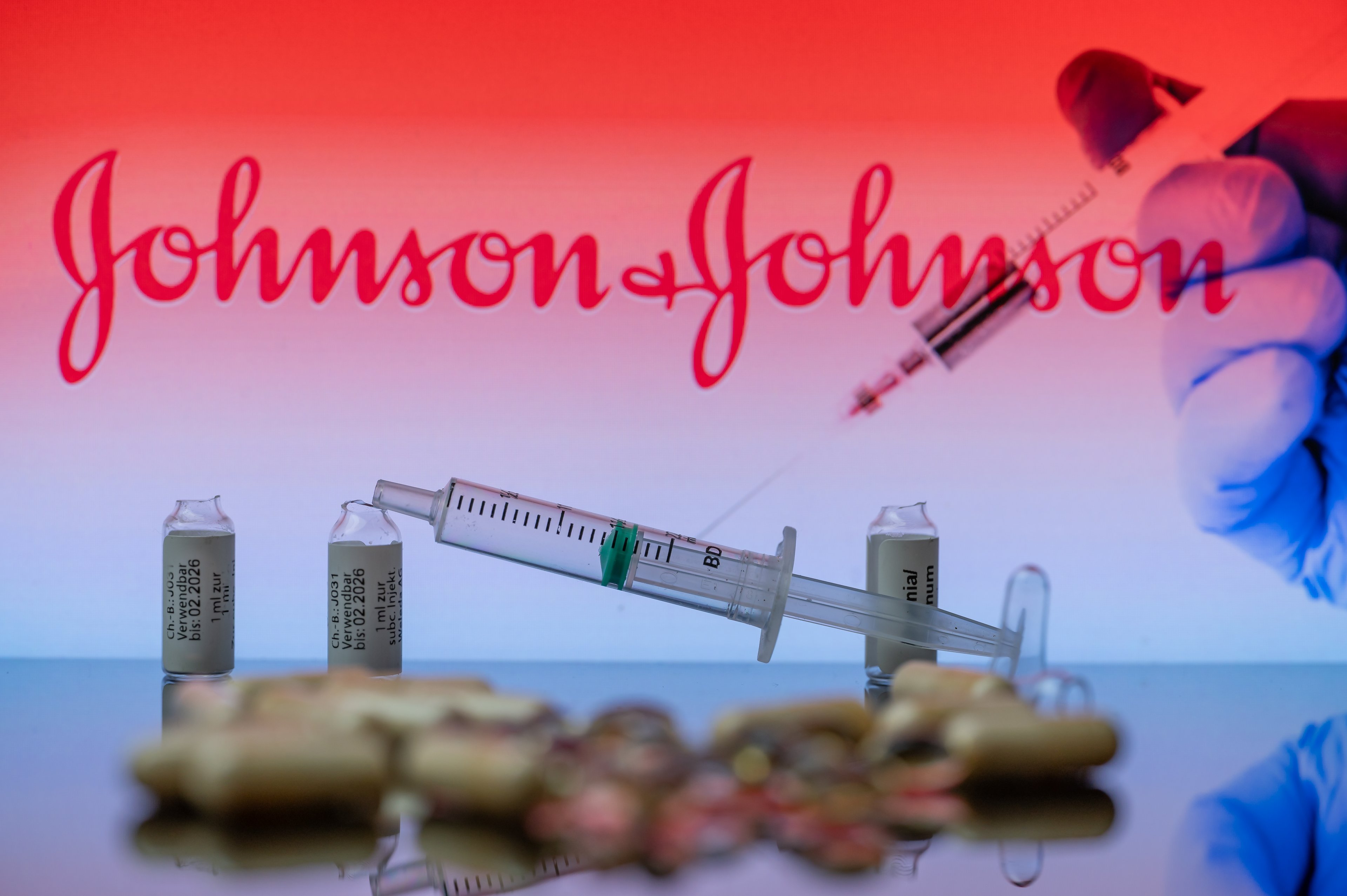Most investors looking to cash in on new drugs have usually gravitated toward biotech stocks. But Johnson & Johnson (JNJ 0.22%) has historically delivered its fair share of winners that have fuelled healthy profit growth for the health-care giant. With a 2013 revenue of $71 billion, J&J is the world's largest diversified health-care company. The company sells everything from prescription drugs and artificial knee joints to mouthwash and Band-Aids. Around 40% of its revenue comes from sale of prescription drugs, while the rest comes from consumer products and medical devices.
Granted, J&J's pedigree is perhaps not as strong as it once was. The company has suffered patent expirations, while the recession and austerity measures in international markets have hurt medical device sales. The company has also struggled to restore the luster of its embattled over-the-counter products after a series of manufacturing problems, and a string of product recalls that hurt its sales and reputation.
But, those misteps are already baked into its share price, and I don't think investors should worry too much about them.
Things are looking up for J&J. The company reported a first-quarter top-line growth of 3.5%, while its adjusted EPS grew 6.9%. The best part is that its management raised its full-year fiscal 2014 adjusted EPS growth guidance of 4%-6%, up from 3%-5%. And the company's pipeline of new drugs looks very promising.
The company's shares have risen sharply since hitting a low point in February 2014.
J&J is one of the three largest positions in the Vanguard Health Care ETF and the Health Care Select SPDR ETF. The other two are Pfizer and Merck. While there is no denying that the shares don't look particularly cheap trading at a 12-month trailing P/E ratio of 20, it's worth noting that the EV/EBIT ratio of the shares has remained fairly constant despite the sharp 18% rise. That's a good sign that may indicate that valuation remains reasonable.
J&J's EV/EBIT ratio lies closer to Pfizer, and well below Merck's, as shown in the chart below:
Source: YCharts
Cash machine
J&J is a cash machine, and boasts nearly $30 billion in cash and short-term investments on its books. This gives the company plenty of firepower for both shareholder returns and acquisitions.
Source: YCharts.
J&J financed a $19.7 billion buyout of Synthes, a Swiss medical-device maker, using a mix of both cash and stock, in 2012. The deal helped solidify the company's position in the medical field. With its strong cash position, the company could purchase more companies -- or perhaps return money to shareholders (given that its cash dividend payout ratio is under 50% right now).
Strong pipeline
J&J has been benefiting from a strong pipeline of new drugs. Its hepatitis C drug Olysio captured global sales of $354 million in the first quarter of the current fiscal year. This puts it well on the track to achieve blockbuster status later this year if sales continue. Many doctors have reportedly been prescribing it with Gilead's Sovaldi.
The company's new prostate cancer drug Zytiga recorded 49% sales growth. J&J saw a healthy 32% sales growth from Stelara, a drug used in Psoriasis treatment. Its long-lasting antipsychotic Invega Sustenna saw a 31% surge in sales.
Foolish final thoughts
Even though J&J's shares look a bit expensive, the company's long runways for dividend growth and pipeline of new and promising drugs can help justify the price. That said, investors might perhaps wait for a 5%-10% pullback before establishing positions in the shares, which remain good long-term investments.






